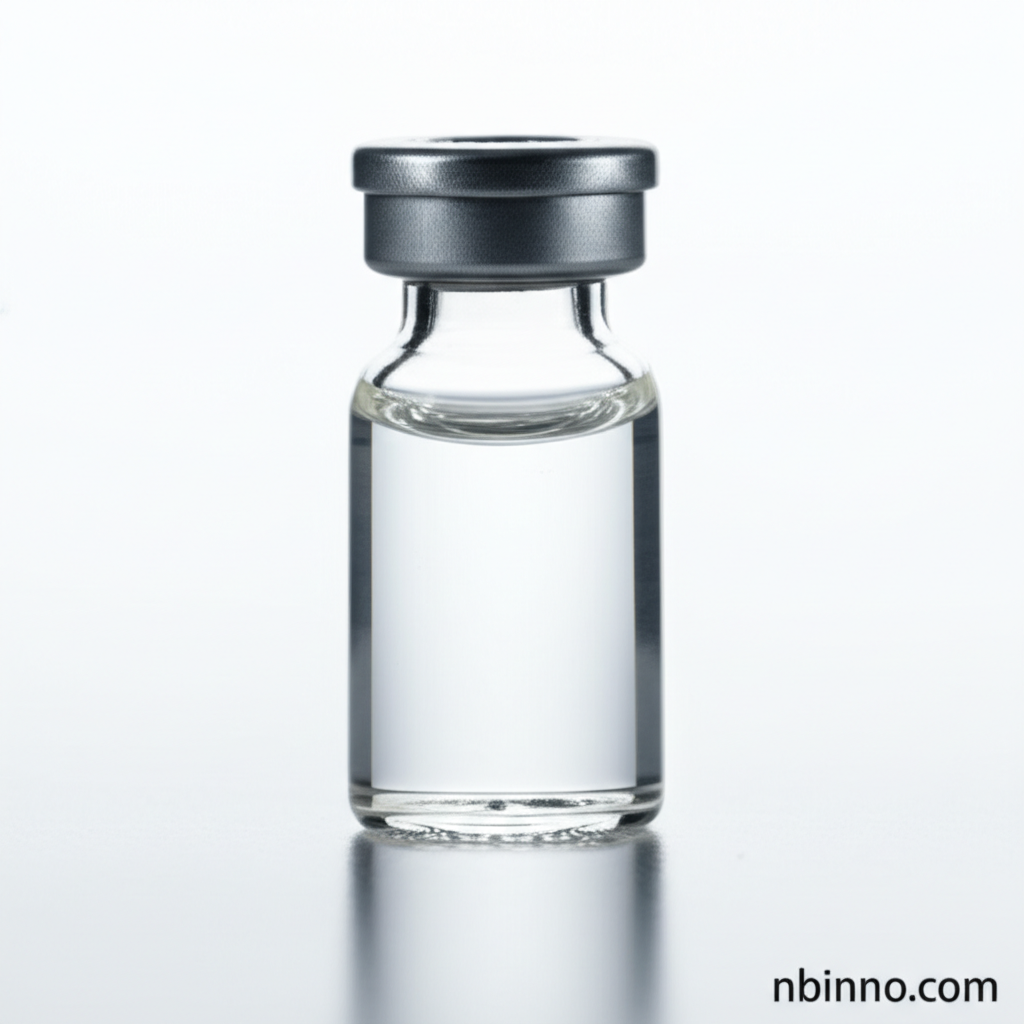Octadecyltrichlorosilane (OTS) CAS 112-04-9: A Versatile Silane for Surface Modification and Advanced Applications
Discover the power of octadecyltrichlorosilane for advanced surface engineering, hydrophobicity, and microelectronics.
Get a Quote & SampleProduct Core Value

Octadecyltrichlorosilane
Octadecyltrichlorosilane (OTS) is a crucial organosilicon compound, vital for tailoring surface properties. Its ability to form self-assembled monolayers (SAMs) on various substrates, especially silicon dioxide, makes it indispensable for creating hydrophobic surfaces and enhancing interfacial adhesion in advanced materials and electronic devices. Its predictable reactivity and formation of stable covalent bonds via silanization are key to its widespread application.
- Unlock enhanced hydrophobicity using silane coupling agents for superior water repellency and surface protection.
- Achieve precise surface modification with silane for self-assembled monolayers, creating ordered molecular architectures.
- Leverage octadecyltrichlorosilane's chemical properties for advanced applications in microelectronics and sensor technology.
- Explore its use in drug delivery systems, leveraging its ability to control release rates and improve formulation efficacy.
Key Advantages
Superior Hydrophobicity
By forming octadecyltrichlorosilane SAMs, surfaces gain exceptional water-repelling properties, crucial for anti-corrosion and self-cleaning applications.
Tailored Surface Engineering
Utilize organosilicon compounds like OTS for precise surface modification, enabling tailored functionalities for demanding applications.
Stable Monolayer Formation
The covalent bonding facilitated by silane coupling agents ensures durable and stable monolayers, resisting environmental factors and ensuring long-term performance.
Key Applications
Microelectronics
Form self-assembled monolayers on silicon dioxide substrates for insulating gates in Metal-Insulator-Semiconductor Field-Effect Transistors and for precise surface patterning.
Chromatography
Used to create hydrophobic stationary phases for reversed-phase chromatography (HPLC), enhancing separation efficiency for various compounds.
Drug Delivery Systems
Incorporated into hydrogel micro-granules to control the sustained release of hydrophilic drugs, improving therapeutic efficacy.
Material Science
Fabricates superhydrophobic surfaces for applications like anti-fogging coatings, self-cleaning materials, and protective layers.
